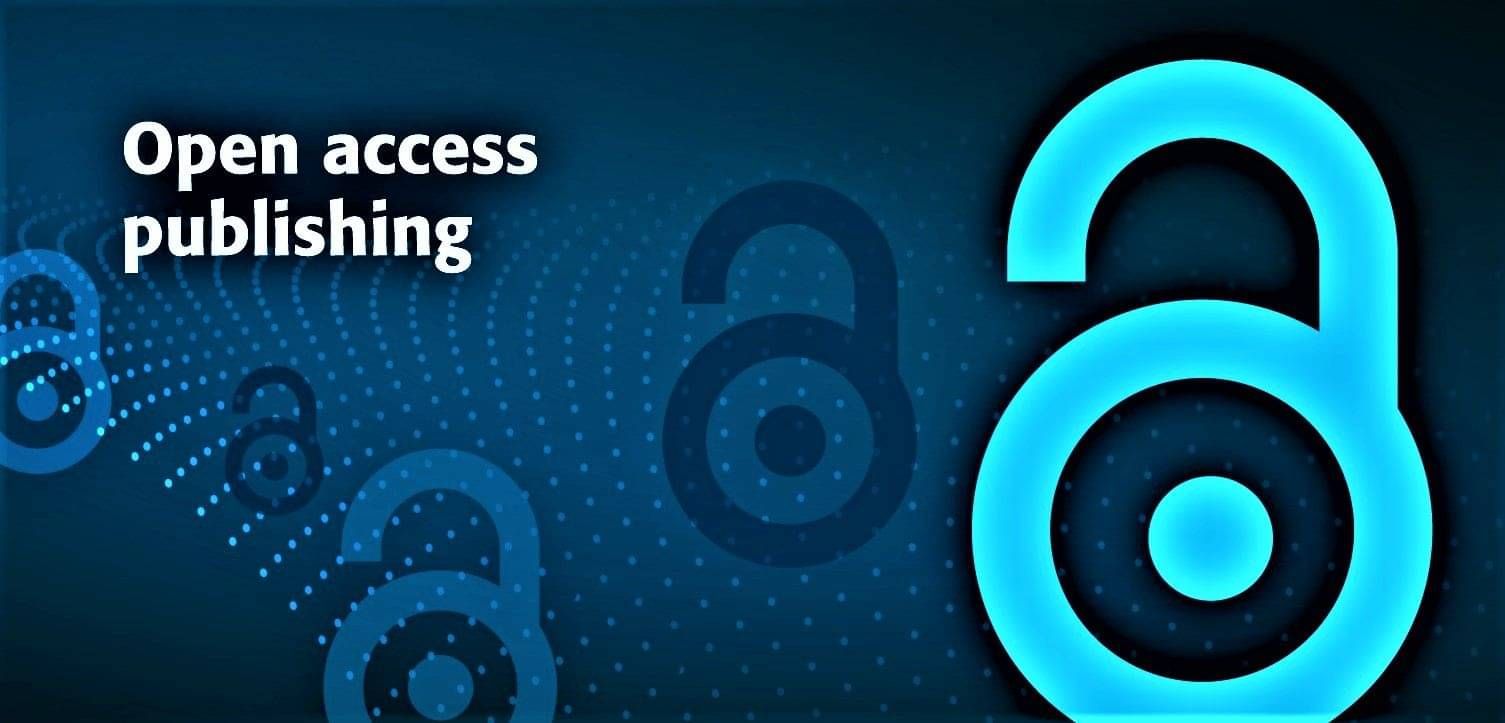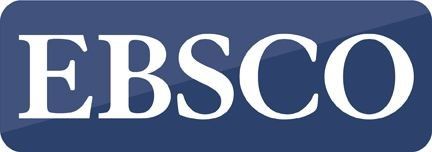
A handy site that looks at clinical trials
The truth about boosting your immune system
Podcast: ABC https://iview.abc.net.au/show/...

Continuing Professional Learning (CPL)
Once known as CPD (Continuing Professional Development) the Journal considers ‘learning’ to be a continuum from pre-professional and then, on graduation, professional. The grid below is your instant access to three papers the editors feel have specific value to enhance your understanding of chiropractic and your clinical skills; collectively this represents professional learning. Each activity below should account for a minimum of 1 hour of documented learning for you, however by including a literature search and reading associated papers, you may build this to 2 or 3 hours.
Plagiocephaly: The Oblique Skull; A method of chiropractic correction, with a case report.
Abstract: Introduction: Plagiocephaly is general term used to describe cranial asymmetry. Pathologenically, plagiocephaly is classified as synostotic (SP), caused by abnormal sutural development or deformational (DP) (non-synostotic or positional), caused by external forces acting on the cranium. Commonly accepted treatments for DP include alternate sleeping postures, carefully monitoring the child when placed in a prone position, as well as in resistant cases use of cranial orthoses or helmets. Chiropractic -Sacro Occipital Technique (SOT) cranial care might offer a conservative option that is a bridge between alternate sleeping and use of a helmet.
Case Report - Assessment: This case report presents a four and a half month old male child presenting at a chiropractor’s office. The child’s working diagnosis was: (1) Occipital condyle compression, (2) Plagiocephaly; and (3) KISS syndrome type 1. Specific SOT cranial treatment was used to correct the child’s presenting plagiocephaly. This patient received 12 treatments over a period of 3 months and showed a significant improvement in head shape.
Discussion: DP has some concomitant syndromes that might be coincidental or related in a primary or secondary manner, which include scoliosis, KISS, and torticollis. From a biological plausibility standpoint it would seem that allowing the brain to grow in a symmetrical fashion, balanced stress on vascular membranes, and maintaining normal anchoring of muscular attachments would be beneficial. Recent research has indeed found a relationship between DP and neurodevelopmental delays and that posterior DP may even affect visual field development.
Conclusion: The purpose of this paper was to offer an alternative view of how DF might be treated in a chiropractor’s office and at what stage intervention might prove effective. Since parents often are not willing to “just wait and see” and are leaning towards some degree of intervention, chiropractic cranial care appears to be a viable intermediate therapy and may facilitate a reduced need for helmet therapy.
Indexing Terms: Paediatric care, chiropractic, sacro-occipital technique, cranial technique, plagiocephaly correction.
Cite: Williams S, Blum CL, Billings S. Plagiocephaly: The Oblique Skull; A method of chiropractic correction, with a case report. Asia-Pac Chiropr J. 2021;1.3:Online only. URL www.apcj.net/williams-plagiocephaly--a-method-of-correction/
Trapezius fibre muscle analysis: A pilot inter/intra-examiner reliability study
Abstract: This paper is an evidence-based report of DeJarnette’s ‘trapezius fibre technique.’ DeJarnette describes that the palpation of the trapezius muscle begins at the lateral border of T1 and moves out laterally in 7 equally spaced steps to finish at the acromioclavicular junction. The relationship between a palpated nodule and its causative vertebrae is documented in chart-form. The indicated thoracic or lumbar vertebrae shows irritation or off-centering on digital palpation That vertebra is designated as the one causing the greatest stimulation of the trapezius muscle. Inter- and intraexaminer reliability was determined in this study with a cohort N=36 Australian chiropractors trained (advanced certification in Sacro Occipital Technique) and experienced (m=12y, R=r=12-34y) in the application of the trapezius fibre technique. In 72% (26/36) of cases there was at least one nodule/no nodule located by at least two examiners. The reliability of the examiners in so far as they could detect the same nodule on all three occasions was impressive and far greater than the inter-examiner reliability. Indeed there were 10 out of the 18 occasions where the one nodule was identified on all three occasions. We conclude that the examiners were relatively able to reliably detect nodules in the trapezius muscle.
Indexing Terms: subluxation; Sacro Occipital Technique; trapezius fiber/fibre; DeJarnette; spondylogenic reflex syndrome; conventional chiropractic.
Cite: Cashman S, Blum C. Trapezius fibre muscle analysis: A pilot inter/intra-examiner reliability study. Asia-Pac Chiropr J. 2020;1.2:online only. URL https://apcj.rocketsparkau.com/trapezius-fibre-technique--casham-and-blum/
Lumbosacral transitional vertebra as a potential contributing factor to scoliosis: a report of two cases
Abstract: Lumbosacral transitional vertebrae (LSTVs) are the most common congenital anomaly of the lumbosacral spine that presents either as L5 sacralisation or S1 lumbarisation. Although most of the LSTVs are of minor clinical importance, these anomalies may contribute to disruptions in biomechanics and alterations in spinal and paraspinal structures. Here, we present two cases of adolescent idiopathic scoliosis to illustrate some overlooked effects of a unilateral LSTV on spinal deformity. Cure correction was not attained in both cases. While a unilateral LSTV was on a different side of their lumbosacral spine, it is incidentally noticed that the direction of the curve was convex on the contralateral side of the LSTV. Most likely, unilateral LSTVs on certain occasions could cause the growing spine to curve and rotate. The aim of this report is to demonstrate an overlooked association between minor anomalies and the growing spines, which may be important to tailor an appropriate treatment plan.
Indexing Terms: Adolescent idiopathic scoliosis; congenital anomaly; lumbosacral transitional vertebra, Chiropractic adjustment, Vertebral adjustment.
Cite: Chu ECP, Huang KHK, Shum JSF. Lumbosacral transitional vertebra as a potential contributing factor to scoliosis: a report of two cases. Asia-Pac Chiropr J. 2020;1.1 Online only. URL https://apcj.rocketsparkau.com/chu-hung-and-shum-l5-transitional-case-report/



